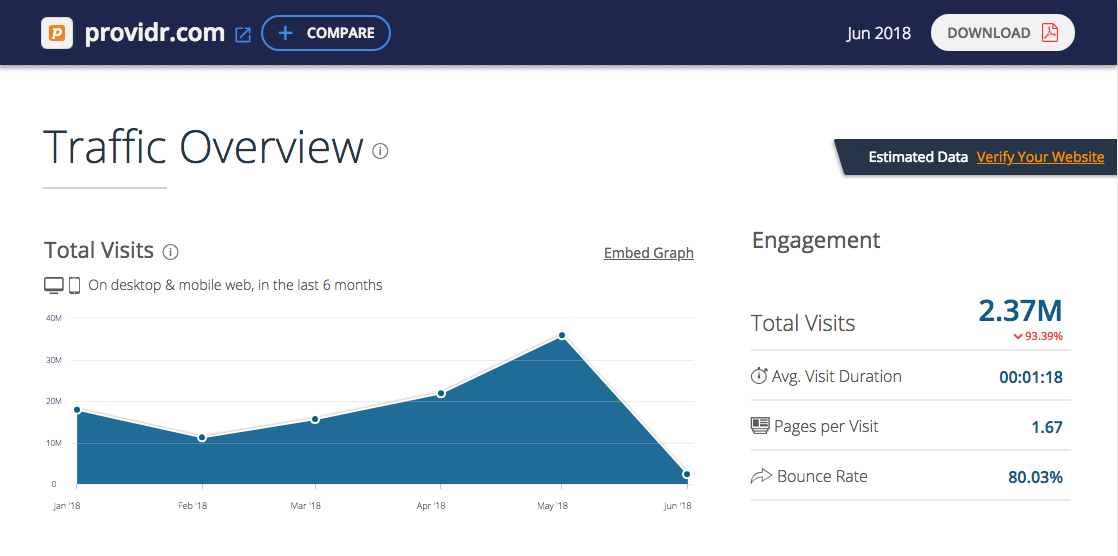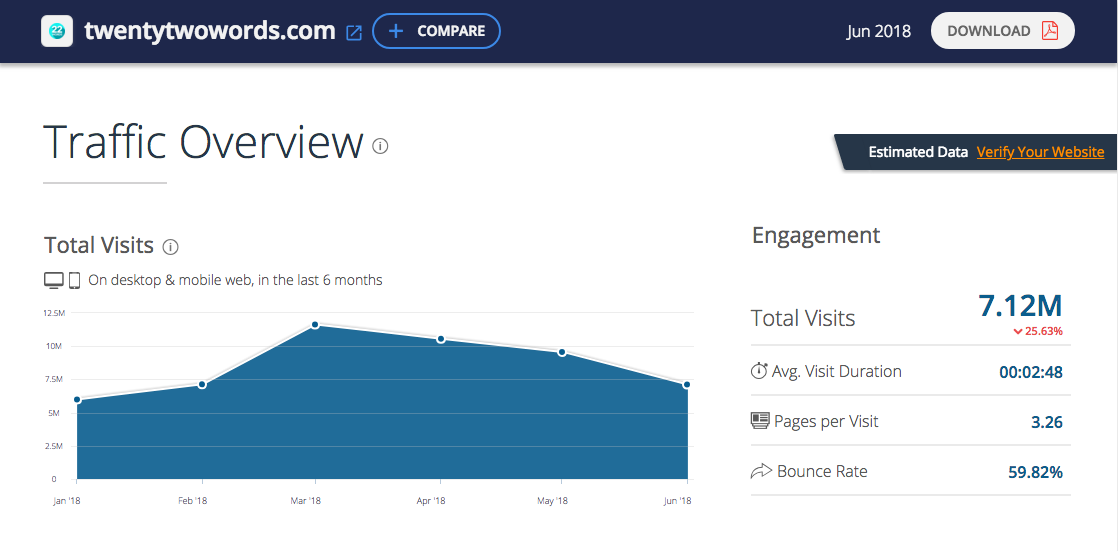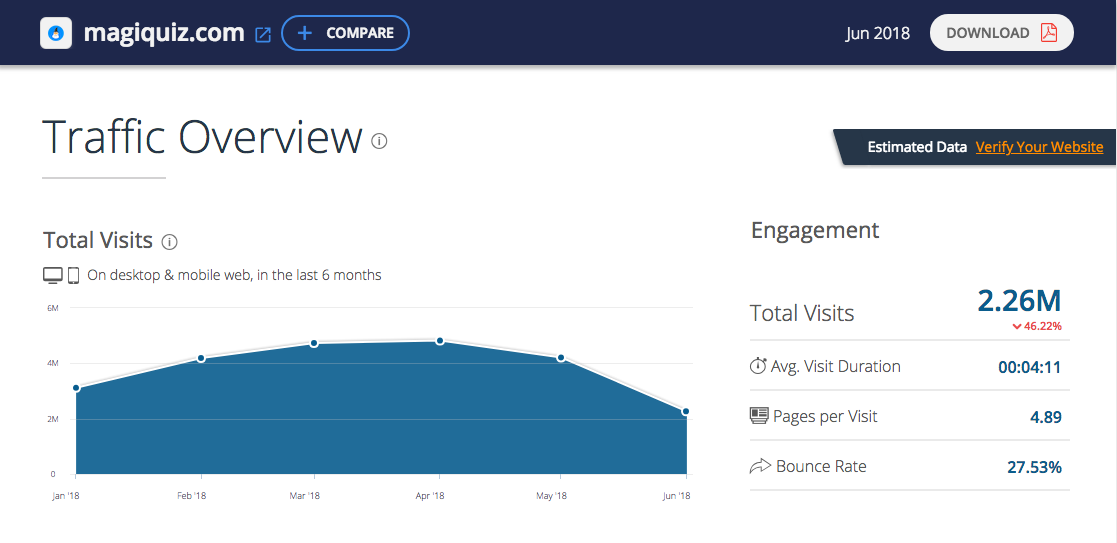
by Leytal Ross, PubPlus’ VP of Strategic Partnerships
It’s no secret that Facebook is cracking down on publishers who use external Facebook pages to promote their content. This strategic move makes perfect sense for the social media giant, but it leaves many online publishers wary of the buzz that they may have heard recently about abrupt changes that Facebook is planning to roll out.
Facebook’s efforts to become more transparent amid the data scandal that surrounded the 2016 US elections, coupled with them missing out on millions of dollars in potential ‘pay-to-play’ revenue for years, shows that the next round of changes are just around the corner.
During our most recent quarterly review we began to see a noticeable drop in traffic among sites and publishers that use networks of influencers via Facebook. Most publishers have been aware of the drop in organic reach for a while, but our analysis shows a different story to the drop that almost every Facebook page experienced at the start of 2018, when the social media giant first rolled out its algorithm changes for its news feed.
Now Facebook seems to be going even further and killing off reach for specific sites that use large, external Facebook pages as a source for providing traffic. By cross-referencing some publishers whose links appear on multiple Facebook pages with SimilarWeb data, we were able to see some very sharp drops in Facebook referrals over the last month or so.



While the drop in referrals might be punishment enough for some publishers, Facebook seems to be upping the penalty.
When speaking to publishers, one told us that Facebook was definitely pursuing a policy of ‘punishing’ publishers who strike deals with external pages to promote their content. The publisher said: “Via our account manager, we received a warning from Facebook’s policy team that they were prepared to ‘blacklist’ publishers who pursue influencers outside the agreed framework. In no uncertain terms they told us this was going to be happening more and more.”
The 2018 Facebook algorithm change hit publishers like an earthquake, and as with any other natural disaster there will always be aftershocks. Publishers should take Facebook’s moves as a warning and prepare for the next disruption by changing the way they work now. While this might be a little unnerving for CEOs, CROs and audience development managers, there are solutions to help smooth the transition and build strong business models in the long-term.
The first thing that needs to be agreed is that the days of viral publishers are over, and now is the time to adopt a ‘pay-to-play’ model. However, instead of throwing money at the problem publishers need to learn and adopt the process of attributing their marketing spend to the revenue generated by visits.
The process of revenue attribution is crucial to publishers and to manage this at scale is a huge challenge. To understand which campaigns or visits are the most valuable, revenue attribution technology is vital.
In order to grow and scale it’s important for publishers to have the means to monitor and manage their visitors, and be able to do this from a unified dashboard. This is how they can see where their advertising revenues are really coming from and begin to understand the unique value of each visit or campaign. Understanding this data allows publishers to build strong audience development strategies, and dramatically increase their ROI.
Publishers shouldn’t wait for the next earthquake to hit their industry, but take vital steps towards future-proofing their businesses, starting with a holistic and realistic view of revenue.
Leytal Ross is the VP of Strategic Partnerships of PubPlus, a revenue attribution platform for publishers. You can check out their site here.
More from Digiday

Pandora is betting on AI agents to scale service and emotional selling during the peak holiday season
Pandora is using AI agents to scale customer service and replicate emotional in-store selling online, just as peak season puts pressure on margins and teams.

Rembrand’s CEO wants to grow virtual ad placements in streaming, and he’s looking elsewhere for models
Omar Tawakol wants to improve advertising within the streaming world, and is working with advertisers and publishers to improve that experience.

Marketers are keen to use generative AI in ad campaigns, but hidden costs lurk
Marketers across the industry want to use AI to cut down on time spent in creative production. It’s not so simple in practice.





